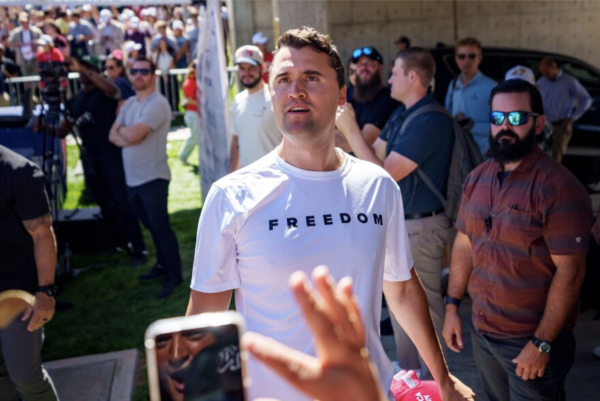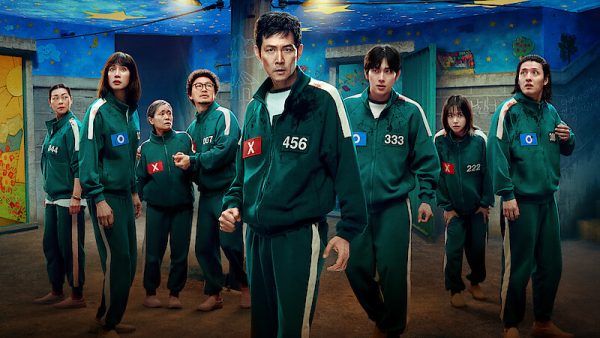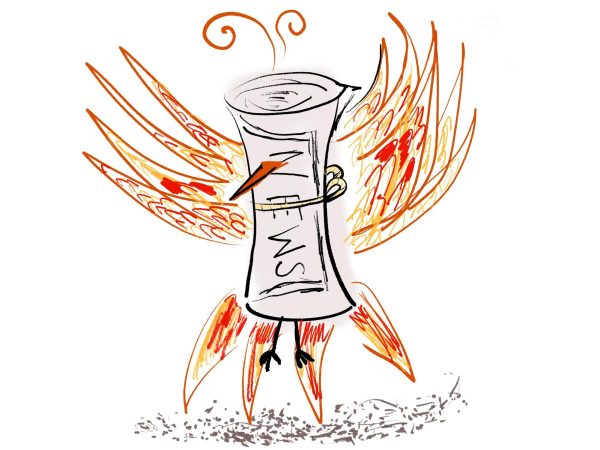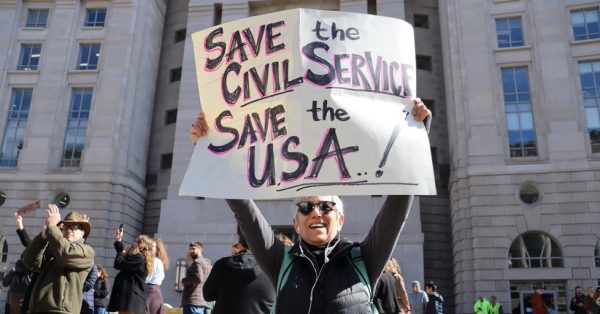Stop the Copy Cat
If the media withholds certain facts about violent mass shootings, that limits the probability that a copy-cat incident will occur.

This past year another devastating school shooting occurred at Oxford High School in Michigan. A candlelight vigil was held to honor the four lives lost in the shooting.
Note: There are mentions of sensitive topics like gun violence, mass shootings, and school shootings in the following article. Please read consider reading this with a trusted adult.
Inspiration and ideas, such as trying a new hobby, can stem from many different places: media platforms, for example. The media brings widespread attention to certain events to keep people informed, but that may not be for the greater good, especially when regarding gun violence.
Gun violence is a prominent issue in the United States. Efforts to reduce gun violence have been made, but the media does contribute to the constant spread of gun violence to a certain extent. Media outlets need to limit and carefully edit their coverage of events involving gun violence, so the probability of a similar one happening is very little.
The Institute for Legislative Action defined the media contagion effect as the idea that widespread coverage of an event will increase the likelihood that another one should occur closely after the first one. When applied to mass shootings, the media contagion effect increases the probability that another mass shooting will follow shortly after the preceding one. Mass shootings, defined by the United States Congress, are an event in which four or more people are killed, not including the shooter.
The news media tends to post pictures of a shooter, publish manifestos, life stories, and outline shooting events. This coverage can circulate for many days. Because humans are inclined to copy behaviors or actions that gain attention, this opens a window for potential shooters who may relate to the shooter or see them as inspiration
The Public Library of Science One reported that 87 percent of the world’s children under 14 killed by firearms each year live in the United States. However, the United States makes up only five percent of the world’s population. In 2019, there were 37,038 gun-related deaths reported by the World Population Review, making the United States the second country to have the most gun-related deaths after Brazil.
One could argue that the media has no effect on whether a person will decide to attack a school, and people should be arguing for stricter gun laws, but this is simply not the reality in our country. For instance, The National Center for Health Research (NCHR) found that following the Columbine High School shooting in 1999, there were more than 400 incidents of threats, and phone calls were made that praised the shooters. NCHR also wrote, “That shooting [Columbine] got more attention on CNN than the death of Princess Diana.”
The fact that this coverage outshined the death of a royal family member illustrates that too much focus is put on mass shootings, sparking praise, and threats. The majority of threats tend to be fake, but the possibility that one is real is fatal.
In addition to that, since the Virginia Tech shooting in 2007, many have made threats to kill more than 32 victims. Subsequently, Sherry Towers, a research professor at Arizona State University, said in an article in National Public Radio that in the El Paso shooter’s manifesto published online, “He [the El Paso shooter] mentions that he wanted to emulate the Christchurch, New Zealand, shooting.”
All of these instances of threats, and praise, would not have arisen without knowledge of the previous attacks, numbers, manifestos, and names. This is clear evidence of a copycat phenomenon, created by mass media coverage. The news media should omit numbers, manifestos, and names from coverage as much as possible. The focus should go towards the victims, and the attacker should be portrayed as cowardly and shameful.
The fact that mass and school shootings can be sparked by media coverage indicates that the media should change how they report on these events. An example of this, from a speech given by James Coney, head of the Federal Bureau of Investigation in regards to the 2016 mass shooting in a Orlando, Florida nightclub in which fifty people were killed, including the perpetrator.“You will notice that I am not using the killer’s name and I will try not to do that,” Coney said. “Part of what motivates sick people to do this kind of thing is some twisted notion of fame or glory, and I don’t want to be part of that for the sake of the victims and their families, and so that other twisted minds don’t think that this is a path to fame and recognition.”

Bella Gallus is a senior and the Managing Editor for The Tower. Bella relies on her Spotify playlists, carefully curated for each of her moods, and her...






